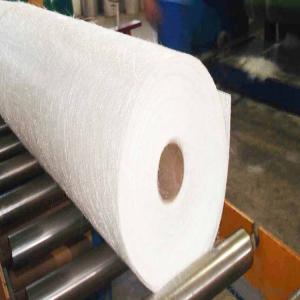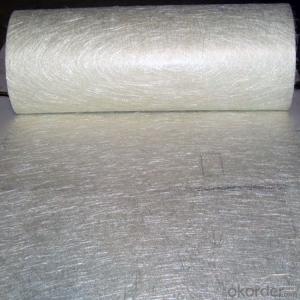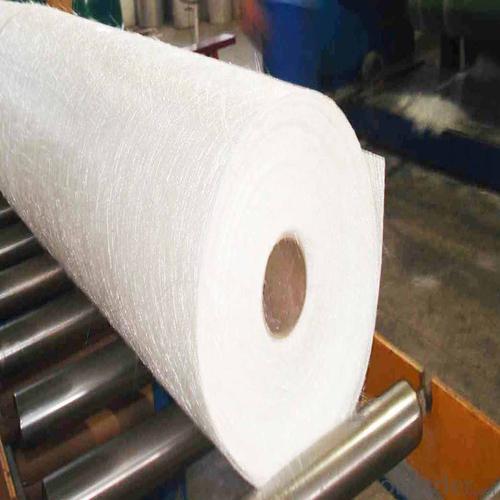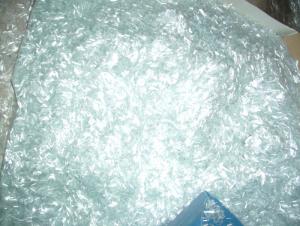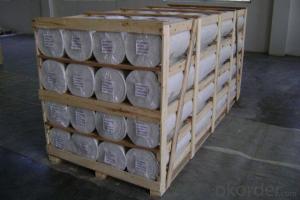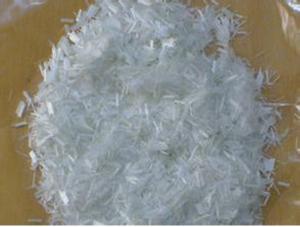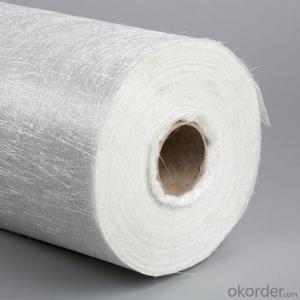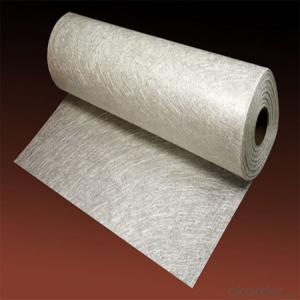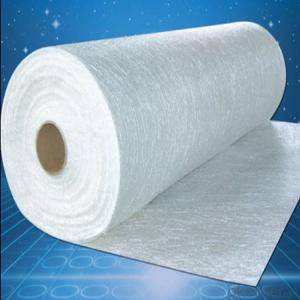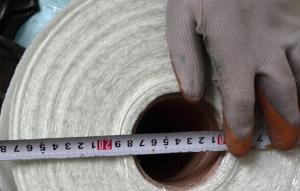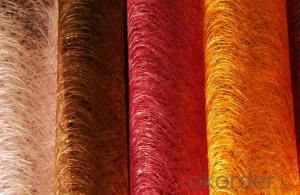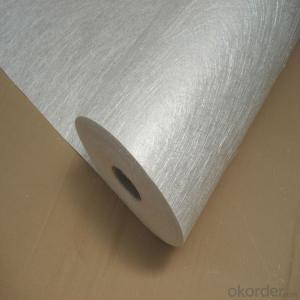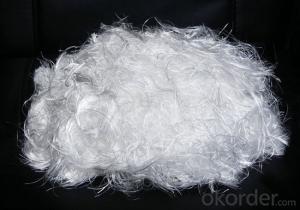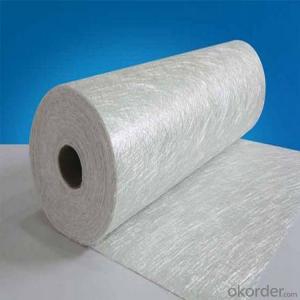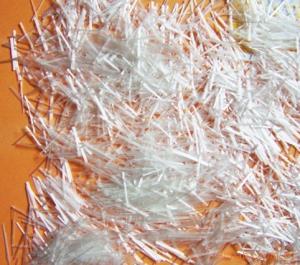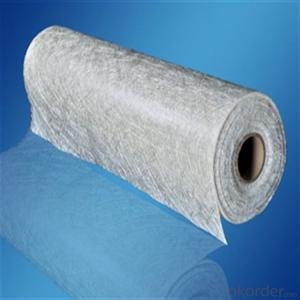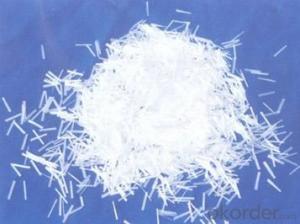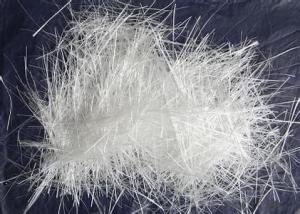Fiberglass Chopped Strand Mat Combination Mat Slide Mat
- Loading Port:
- China main port
- Payment Terms:
- TT OR LC
- Min Order Qty:
- 1 kg
- Supply Capability:
- 5000 kg/month
OKorder Service Pledge
OKorder Financial Service
You Might Also Like
Product Description:
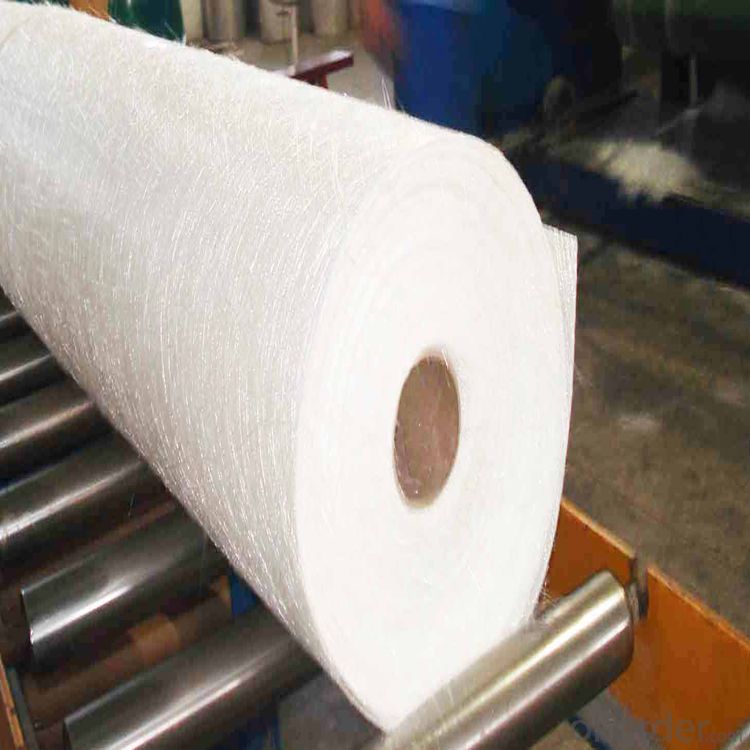
Surfacing Tissue mainly used in the surface layers of FRP products. It features even Fiber distribution, soft feel, level and smooth fiber surface, less glue content, quick resin soak and good pattern fitness. It can improve the product surface property on corrosion resistance, compressive strength, seepage resistance, and longer service life. It is also suitable for spraying; pattern pressing and other FRP pattern technology.
Surfacing Tissue mainly used in the surface layers of FRP products. It features even Fiber distribution, soft feel, level and smooth fiber surface, less glue content, quick resin soak and good pattern fitness. It can improve the product surface property on corrosion resistance, compressive strength, seepage resistance, and longer service life. It is also suitable for spraying; pattern pressing and other FRP pattern technology.
Product Features:
Fast breakdown in styrene
Fiber dispersed evenly
Low binder content
Superior acid corrosion resistance
Specifications:
Item | Over Density | Moisture Content | Chop Density | Polyester Yarn | Width |
(g/m2) | (%) | (g/m2) | (g/m2) | (mm) | |
EMK300 | 309.5 | ≤0.15 | 300 | 9.5 | 50-3300 |
EMK380 | 399 | 380 | 19 | ||
EMK450 | 459.5 | 450 | 9.5 | ||
EMK450 | 469 | 450 | 19 | ||
EMC0020 | 620.9 | 601.9 | 19 | ||
EMC0030 | 909.5 | 900 | 9.5 |
Product Packaging:
Each Surface Tissue is wound onto a paper tube which has an inside diameter of 76mm and the mat roll has a diameter of 330mm. The mat roll is wrapped up with plastic film,and then packed in a cardboard box or wrapped up with kraft paper. The rolls can be vertically or horizontally placed. For transportation, the rolls can be loaded into a cantainer directly or on pallets.
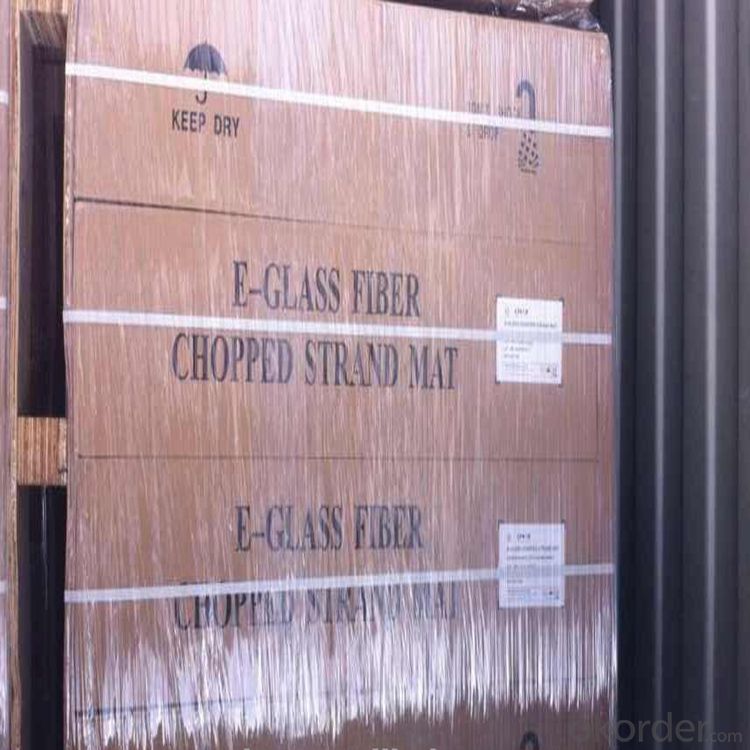
Product Storage:
Unless otherwise specified, Chopped Strand Mat should be stored in a dry, cool and rain-proof area. It is recommended that the room temperature and humidity should be always maintained at 15℃~35℃ and 50%~75% respectively.
Company Information
CNBM (China National Building Material) Group is the largest comprehensive building materials group in China that in integrate scientific research, manufacturing and logistics into one entity. The largest building materials and equipment specialists in China. Upon State Council approval, today CNBM owned more than 300 subordinate manufacturing factories and servicing companies. There are 6 fully owned public listed companies and 11 partially owned with substantial shares public listed companies. In many of these fields, CNBM is playing the leading role in the building industry in the country.
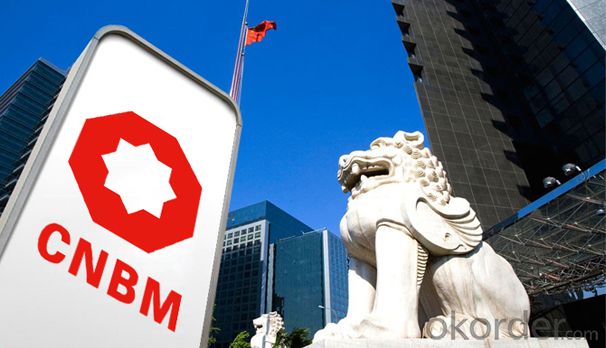
- Q: Can fiberglass chopped strand be used in electrical insulation?
- Fiberglass chopped strand is capable of being utilized for electrical insulation purposes. Due to its non-conductive nature, fiberglass does not allow for the transmission of electricity. Consequently, it can serve as an insulating material that obstructs the flow of electrical current. The chopped strand variant of fiberglass finds widespread application in the manufacturing of various electrical insulation components, including circuit boards, transformers, and electrical cables. It offers exceptional insulation properties, notable mechanical strength, and commendable resistance to thermal influences, rendering it a desirable option for electrical insulation applications. Furthermore, fiberglass chopped strand demonstrates resistance to chemicals, moisture, and temperature fluctuations, thereby further enhancing its aptitude for electrical insulation objectives.
- Q: Is fiberglass chopped strand suitable for construction reinforcement applications?
- Construction reinforcement applications can benefit from the use of fiberglass chopped strand. This material is created by chopping fiberglass strands into smaller pieces, usually around 1 to 3 inches in length. These chopped strands are then mixed with a binder and molded into mats or sheets. The advantages of fiberglass chopped strand make it an excellent option for construction reinforcement. Firstly, fiberglass is known for its strength and durability, which enhances the overall strength of structures. It possesses high tensile strength and exceptional resistance to chemicals, corrosion, and weathering, allowing for its use in various construction applications. What's more, fiberglass chopped strand is lightweight, making it easier to handle and install compared to traditional reinforcement materials like steel. This can result in faster construction times and reduced labor costs. Moreover, fiberglass chopped strand is non-conductive and non-magnetic, making it ideal for situations where electrical conductivity or magnetic interference must be avoided. It is also non-combustible, providing an added level of safety in construction projects. In conclusion, fiberglass chopped strand is a versatile and dependable material for construction reinforcement. Its combination of strength, durability, lightweight nature, and non-conductive properties make it suitable for a wide range of construction projects.
- Q: What do glass fiber operating tools do?
- Drawing, drying, winding, fabric etc.
- Q: How does the fiber volume fraction affect the properties of fiberglass chopped strand?
- The fiber volume fraction refers to the ratio of the volume of fibers to the total volume of the composite material. In the case of fiberglass chopped strand, increasing the fiber volume fraction typically leads to improvements in several properties. One of the main benefits of increasing the fiber volume fraction is the enhancement in the mechanical strength of the material. Fiberglass chopped strand consists of short fibers randomly dispersed within a matrix material, such as epoxy resin. When the fiber volume fraction is increased, the number of fibers per unit volume also increases, resulting in an increased load-bearing capacity. This leads to improved tensile, compressive, and flexural strength of the composite material. Furthermore, increasing the fiber volume fraction also enhances the stiffness and rigidity of the fiberglass chopped strand composite. The fibers act as reinforcements, effectively transferring stress and strain throughout the material. This results in reduced deformation and improved dimensional stability under load. The increased fiber volume fraction also contributes to the improved resistance to bending and buckling, making the material more suitable for applications that require high structural integrity. Additionally, the fiber volume fraction affects the impact resistance and fatigue life of the fiberglass chopped strand composite. The presence of a higher volume of fibers increases the energy absorption capability, making the material more resistant to impact and reducing the risk of cracking or fracture. This is particularly important in applications where the composite is subjected to dynamic loading or repetitive stress. However, it is worth noting that there is an upper limit to the fiber volume fraction beyond which the properties of the fiberglass chopped strand composite may not continue to improve. At very high fiber volume fractions, issues such as fiber entanglement, poor resin impregnation, and increased processing difficulty may arise. Therefore, finding the optimal fiber volume fraction is crucial to achieve the desired balance between mechanical properties and processability. In conclusion, increasing the fiber volume fraction in fiberglass chopped strand has a positive impact on the material's mechanical strength, stiffness, impact resistance, and fatigue life. The optimal fiber volume fraction depends on the specific application requirements and the processing limitations, and finding the right balance is important to achieve the desired performance.
- Q: Take carbon fiber as an example to illustrate the manufacturing process of carbon fiber.
- It is mainly made by polyacrylonitrile and asphalt spinning, surface treatment and sizing process. The disparity in the domestic low-level product is small, carbonization (followed by graphite). The disparity between domestic and foreign is very large, and then by pre oxidation, but the high-end product(both high performance) can not do it, because it is too difficult.
- Q: Can fiberglass chopped strand be used for reinforcing polymer matrix composites?
- Yes, fiberglass chopped strand can be used for reinforcing polymer matrix composites. The chopped strands, made of fine fibers, are added to the polymer matrix to enhance its mechanical properties, such as strength and stiffness. The fibers provide reinforcement and improve the overall performance of the composite material.
- Q: How does the moisture absorption of fiberglass chopped strand affect its performance?
- The moisture absorption of fiberglass chopped strand can negatively affect its performance. When fiberglass absorbs moisture, it can weaken the material and reduce its overall strength. Moisture absorption can also lead to dimensional instability, causing the material to expand or contract, which can affect its fit and function in various applications. Additionally, moisture can promote the growth of mold or mildew, compromising the integrity of the fiberglass. Therefore, it is crucial to minimize moisture absorption in order to maintain the optimal performance of fiberglass chopped strand.
- Q: Is fiberglass chopped strand suitable for automotive interior components?
- Yes, fiberglass chopped strand is suitable for automotive interior components. Fiberglass is a versatile material that offers several advantages for automotive applications. It is lightweight, strong, and has excellent dimensional stability. These properties make it a suitable choice for various interior components such as door panels, dashboards, trim panels, and seat backs. Fiberglass chopped strand is commonly used in automotive interior components due to its superior mechanical properties. The chopped strands are mixed with a resin matrix to form a composite material that can be molded into various shapes. This allows for complex designs and customization options to meet specific automotive requirements. Additionally, fiberglass is resistant to heat, chemicals, and UV radiation, which are important considerations in the automotive industry. It can withstand high temperatures without compromising its structural integrity and is resistant to fading or discoloration caused by sunlight or chemical exposure. Furthermore, fiberglass chopped strand is an economical choice for automotive interior components. It offers a cost-effective solution without compromising on quality or performance. Its durability ensures long-lasting performance, reducing the need for frequent replacements and maintenance. In conclusion, fiberglass chopped strand is indeed suitable for automotive interior components. Its lightweight, strength, dimensional stability, resistance to heat and chemicals, and cost-effectiveness make it an ideal choice for various automotive applications.
- Q: Is fiberglass chopped strand compatible with polypropylene resin?
- Yes, fiberglass chopped strand is compatible with polypropylene resin.
- Q: How does fiberglass chopped strand improve the strength of composites?
- Fiberglass chopped strand improves the strength of composites by reinforcing the matrix material. The short strands of fiberglass are randomly dispersed and distributed throughout the composite, providing mechanical support and resistance to crack propagation. This reinforcement increases the overall strength, stiffness, and durability of the composite material.
Send your message to us
Fiberglass Chopped Strand Mat Combination Mat Slide Mat
- Loading Port:
- China main port
- Payment Terms:
- TT OR LC
- Min Order Qty:
- 1 kg
- Supply Capability:
- 5000 kg/month
OKorder Service Pledge
OKorder Financial Service
Similar products
Hot products
Hot Searches
Related keywords
